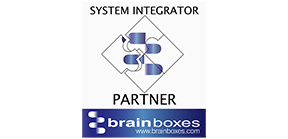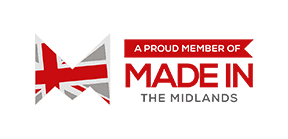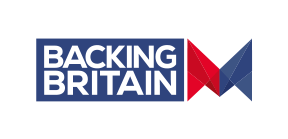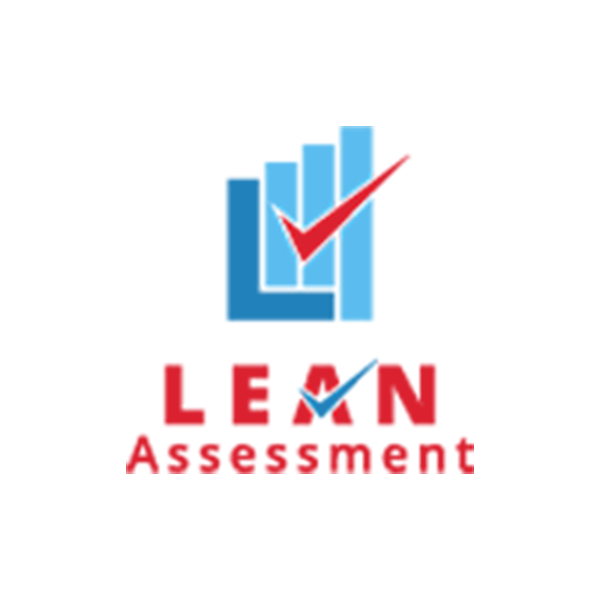Digitising 5S audits for Organisational Efficiency
- By Brett Griffiths
- 5S Process
- February 08 , 2024
- Share
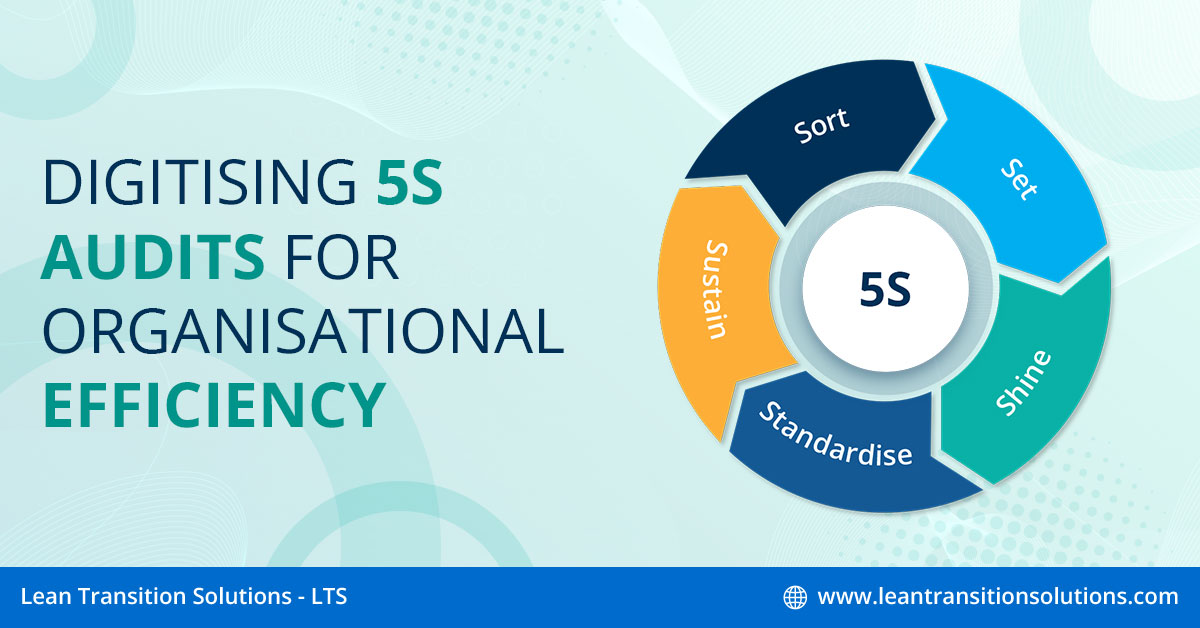
Have you ever wondered what sets the foundation for efficient and organised workflows in manufacturing? The lean 5 S methodology—Sort, Set in Order, Shine, Standardise, and Sustain—can be your solution! Organisations can maintain a lean and optimised environment by periodically assessing and reinforcing these principles through systematic audits. These 5s audits go beyond mere compliance, fostering a culture of continuous improvement, essential for sustained success in the competitive landscape of modern manufacturing. Let's explore the role of regular 5S audits, exploring how they contribute to the core principles of lean manufacturing and drive operational excellence.
Understanding each “S” in 5S
- Sort: This initial step involves decluttering and organising the workspace by categorising items based on necessity. Unnecessary tools or materials are identified and removed, promoting a clutter-free and efficient environment.
- Set in Order: Once sorted, the focus shifts to arranging essential items systematically. Utilising designated storage spaces, labelling, and colour-coding ensures easy retrieval, minimising time wasted searching for tools or components.
- Shine: The "Shine" phase emphasises cleanliness and regular maintenance. By incorporating cleaning routines and preventive measures, the workspace remains visually appealing, and potential issues are detected early, ensuring a smooth and safe operation.
- Standardise: Standardisation involves establishing uniform processes and protocols. Implementing consistent procedures across the organisation ensures a harmonised workflow, reduces errors, and facilitates seamless collaboration among team members.
- Sustain: The final "S" underscores the importance of maintaining the established practices over the long term. Sustain involves a culture of continuous improvement, where employees are engaged, trained, and empowered to sustain an organised and efficient work environment. Regular audits and reviews play a crucial role in sustaining the benefits achieved through the 5S methodology.
Safety - The Sixth “S”
Adding a sixth "S" for Safety to the foundational 5S principles enhances the framework's commitment to organisational efficiency. Safety is integral in fostering a secure work environment, prioritising employee well-being, mitigating risks, and ensuring compliance. This emphasis aligns with creating efficient workplaces, as safety protects personnel and boosts productivity by minimising accidents. Safety as the sixth "S" underscores the holistic nature of organisational efficiency, where individual well-being contributes to sustained success.
Drawbacks of a Paper based 5S Audit sheet
- Limited Accessibility: Paper-based 5S sheets may be restricted to on-site use, limiting accessibility for remote or distributed teams.
- Data Integrity Risks: Manual entry increases the likelihood of errors, compromising the accuracy and reliability of 5S audit data.
- Time-Consuming: Paper-based 5S audits often take longer to complete, delaying the feedback loop and hindering the prompt implementation of improvements.
- Storage and Retrieval Challenges: Managing physical documents poses storage challenges, and retrieving specific 5S sheets can be time-intensive.
- Lack of Real-time Updates: Updates are not instantly reflected, leading to a potential lag in awareness of current 5S audit statuses and improvements.
- Environmental Impact: Traditional 5S audits contribute to environmental concerns through resource consumption and waste generation.
- Limited Analytical Capabilities: Analysing trends and patterns in 5S audit data is more challenging without the benefits of digital tools and analytics.
Benefits of implementing 5S Digital Auditing System
- Improved Efficiency and Productivity: Implementing 5S digital audits optimises workflows, reduces inefficiencies, and enhances overall productivity by fostering a well-organised and streamlined digital environment.
- Enhanced Data Security: 5S digital audits contribute to heightened data security, ensuring that sensitive information is systematically organised, regularly reviewed, and protected against potential breaches, thereby safeguarding the integrity of digital assets.
- Streamlined Collaboration: The structured approach of 5S digital audits facilitates seamless collaboration by providing a standardised framework for organising and sharing digital information, promoting clarity, and enhancing team communication.
- Better Decision-Making Processes: Through organised and easily accessible data, 5S digital audits empower decision-makers with accurate and timely information, fostering informed decision-making processes crucial for achieving organisational goals.
- Cost Savings and Resource Optimisation: Implementing 5S digital audits results in cost savings and resource optimisation by eliminating redundant processes, reducing errors, and promoting efficient resource utilisation, contributing to overall financial efficiency.
Steps for implementing a 5S Digital Audit in your organisation
Preparing for the Audit
- Define Objectives and Scope: Clearly articulate the goals and boundaries of the digital audit to focus efforts and ensure a comprehensive review.
- Assemble the Audit Team: Bring together a skilled and diverse team with expertise in digital practices to ensure a thorough assessment.
Conducting the Audit
- Assess Current Digital Practices: Evaluate existing digital processes, systems, and workflows to identify strengths, weaknesses, and improvement areas.
- Identify Improvement Areas: Pinpoint specific aspects of digital operations that can be enhanced or streamlined for better efficiency and adherence to 5S principles.
Implementing Changes
- Develop an Action Plan: Based on audit findings, create a detailed action plan outlining steps, responsibilities, and timelines for implementing necessary changes. Implementing 5S can be made easier with 5S auditing software, which provides a suitable template for shop floor processes.
- Train and Engage Stakeholders: Ensure successful implementation by training relevant personnel and fostering stakeholder engagement for a smooth transition to improved digital practices.
5S Auditing Software for enhanced organisational efficiency
Organisations can experience a leap in efficiency with 5S Auditing Software, as it is a transformative tool that aligns seamlessly with Sort, Set in Order, Shine, Standardise, and Sustain principles. This innovative software streamlines the auditing process, utilising a user-friendly 5S template to assess and improve digital practices. From decluttering digital assets to establishing consistent protocols, the software ensures a comprehensive approach. Organisations can enhance their workflow with precision and efficiency using 5S Auditing Software, driving sustained operational excellence.
Example of a Digital 5S Audit
The production floor at an aerospace manufacturing plant has become increasingly complex, with various digital workflows, CAD (Computer-Aided Design) files, and extensive documentation. The facility conducted a digital 5S audit using specialised auditing software to ensure optimal efficiency and adherence to safety standards.
Sort:
- The auditing software assesses digital assets, including design files, documentation, and project data.
- Unnecessary or outdated digital files are identified and flagged for removal, decluttering the digital environment.
Set in Order:
- The software categorises and structures digital data, ensuring that design files, documentation, and project information are systematically organised.
- Workstations and digital folders are labelled and standardised for consistency.
Shine:
- The audit software monitors the cleanliness and maintenance of digital environments, identifying areas that may require attention.
- Regular automated scans ensure that digital workspaces remain organised and free from redundant or obsolete files.
Standardise:
- The auditing software establishes consistent protocols for file naming conventions, version control, and digital workflow processes.
- Standardised practices are implemented across teams to ensure uniformity and enhance operational efficiency.
Sustain:
- Long-term strategies for maintaining digital organisation are developed using the software.
- The auditing software facilitates continuous monitoring, providing alerts and reports to sustain the established 5S principles.
By utilising the digital 5S auditing software in the Aerospace industry, organisations can maintain compliance with industry standards and achieve heightened efficiency, collaboration, and long-term sustainability in their digital workflows.
7 Tips to ensure you get most out of your Digital 5S Audits
- Clearly define audit objectives and scope to ensure focused assessments.
- Engage a diverse audit team for comprehensive insights and varied perspectives.
- Regularly assess and adjust digital practices to maintain alignment with 5S principles.
- Prioritise employee training to foster understanding and commitment to 5S methodologies.
- Implement changes systematically, utilising action plans to address identified areas for improvement.
- Use digital tools like 5S softwares for real-time updates and streamlined communication during audits.
- It is important to encourage feedback and implement the lessons learned from each audit in the subsequent 5S audits.
The role of digital 5S audits in transforming shop floor efficiency is undeniable. Besides being a compliance tool, it fosters a culture of ongoing improvement. By embracing the 5S principles of Sort, Set in Order, Shine, Standardise, and Sustain, organisations can foster an environment where every team member actively contributes to refining and optimising their workspace.
The digital evolution of 5S audits brings real-time insights, collaboration, and precision to the forefront, enabling businesses to adapt swiftly to changing demands. As we conclude our exploration, let us prioritise continuous improvement with each 5S audit as a compliance checkpoint and a stepping stone towards achieving sustained excellence on the shop floor.
Start Free Trial
LEAN TRANSITION SOLUTIONS
The Old Vicarage, Pershore Road, Upton Snodsbury, Worcester, Worcestershire, WR7 4NR, United Kingdom.
BLOG
Lean Transition Solution
-
Lean Industry 4.0 Solutions
- TITAN:Computerised Maintenance Management System
- Data Point:Computerised Balanced Scorecard
- Janus: Automated Shop-floor Data Capture System
- T-Card: Integrated Production Planning and Plant Level Execution System
- JDI: Maintenance Automation App
- Maximus: Integrated ERP System
- e-Contractor: Integrated In-house Contractor Management System
- Q-Point: Integrated Quality Management System
- Safety-Point: Integrated Health and Safety Management System
- Lean Assessment: Lean Audit and Assessment System
- Saisho: Lean 5S Audit and Assessment App
- Emergency Response App: To Manage Emergency Situations
-
Leadership 4.0 Solutions
- Your Career Academy(YCA): Learning and Development System
- YCA e-Learning : Management System
- MentorYou(MU): Mentoring App
- Leadership 4.0 : Leadership Transformation Program
- Lean Manufacturing Workshop
- Lean Manufacturing Consulting
- ILM Accredited Green Belt Training and Certification Program
- ILM Accredited Black Belt Training and Certification Program
- Software Development Service
- Resources
- Company
- Contact
